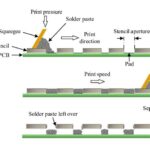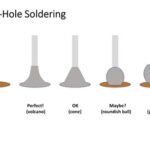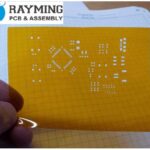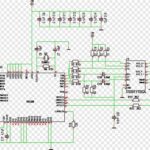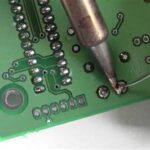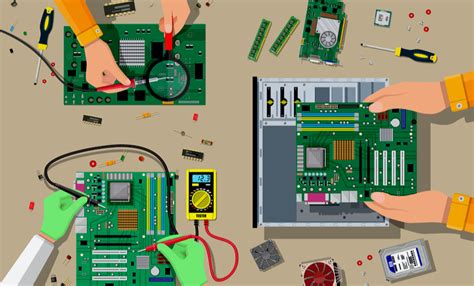
PCB Blog
-
 Read more: Component Placement onto the Printed Circuit Board
Read more: Component Placement onto the Printed Circuit BoardIntroduction to PCB Component Placement Printed Circuit Board (PCB) component placement is a crucial step in the PCB Assembly process. It involves strategically positioning electronic components on the board to optimize performance, minimize interference, and facilitate efficient manufacturing. Proper component placement ensures the reliability, functionality, and manufacturability of the final […]
-
Common PCB PCBA Testing Techniques
Posted by
–
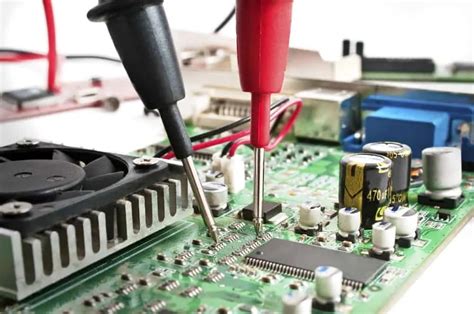 Read more: Common PCB PCBA Testing Techniques
Read more: Common PCB PCBA Testing TechniquesIntroduction to PCB Testing Printed Circuit Boards (PCBs) and Printed Circuit Board Assemblies (PCBAs) are essential components in modern electronic devices. To ensure the reliability and functionality of these components, various testing techniques are employed throughout the manufacturing process. In this article, we will explore the common PCB and PCBA […]
-
Tips & Tricks – Why Do Components Tombstone
Posted by
–
 Read more: Tips & Tricks – Why Do Components Tombstone
Read more: Tips & Tricks – Why Do Components TombstoneWhat Does it Mean When Components Tombstone? “Tombstoning” is a phenomenon that can occur with surface mount electronic components during the Reflow Soldering process in PCB Assembly. When a component tombstones, one end lifts up vertically from the solder pad while the other end remains attached. The component ends up […]
-
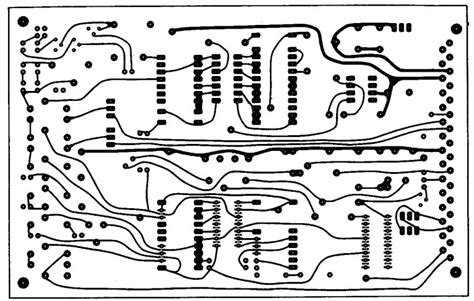 Read more: Drill & slot editor – a free and useful PCB Visualizer tool
Read more: Drill & slot editor – a free and useful PCB Visualizer toolIntroduction to PCB Visualizers and the Drill & Slot Editor Printed Circuit Board (PCB) design is a complex process that involves multiple steps, from schematic capture to layout design, routing, and manufacturing. To ensure that the PCB design is error-free and meets the required specifications, designers use various tools and […]
-
What is a component orientation?
Posted by
–
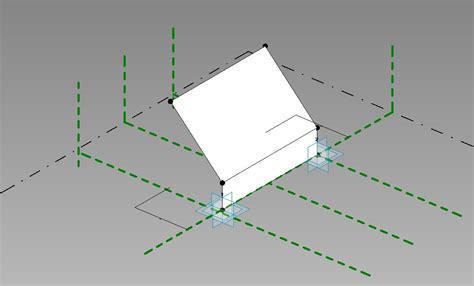 Read more: What is a component orientation?
Read more: What is a component orientation?Introduction to Component orientation Component orientation is a fundamental concept in the field of engineering and manufacturing. It refers to the specific positioning and alignment of components within a system or assembly. The proper orientation of components is crucial for ensuring optimal performance, reliability, and functionality of the final product. […]
-
The PCB’s in our Robots
Posted by
–
 Read more: The PCB’s in our Robots
Read more: The PCB’s in our RobotsWhat are PCBs and Why are They Essential in Robotics? PCBs are thin, flat boards made of insulating material, typically fiberglass or plastic, with conductive copper tracks etched onto their surface. These boards serve as the foundation for mounting and interconnecting electronic components such as microcontrollers, sensors, actuators, and power […]
-
Understanding Manufacturing Tolerances on a PCB – Track Width and Isolation Gap Tolerances
Posted by
–
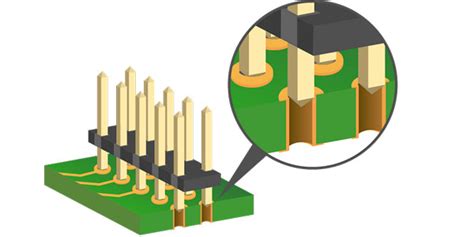 Read more: Understanding Manufacturing Tolerances on a PCB – Track Width and Isolation Gap Tolerances
Read more: Understanding Manufacturing Tolerances on a PCB – Track Width and Isolation Gap TolerancesWhat are PCB Tolerances? PCB tolerances refer to the acceptable variations in the dimensions and properties of a PCB during the manufacturing process. These tolerances are necessary because it is virtually impossible to manufacture a PCB with exact dimensions and specifications every single time. Tolerances allow for slight deviations from […]
-
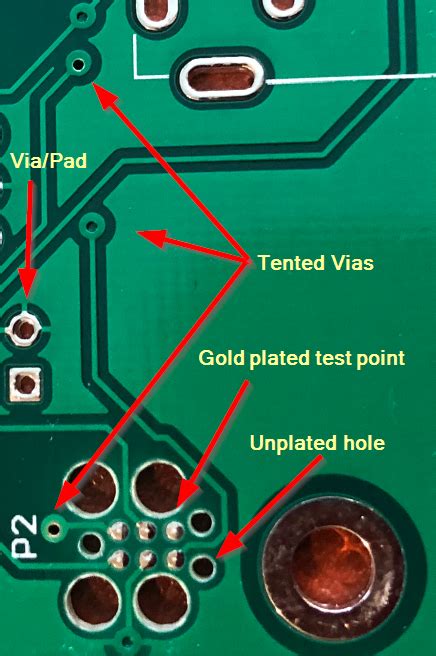 Read more: Soldermask on via-holes in case of chemical Nickel-Gold surface finish
Read more: Soldermask on via-holes in case of chemical Nickel-Gold surface finishIntroduction to Via-hole soldermask Via-holes are an essential component in printed circuit board (PCB) design, providing electrical connections between different layers of a multilayer board. The application of soldermask on via-holes is a crucial process that ensures the reliability and functionality of the PCB, especially when using a chemical Nickel-Gold […]
-
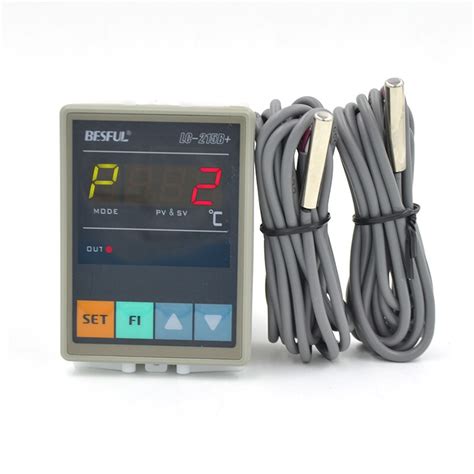 Read more: Temperature difference between external sensor and furnace sensor.
Read more: Temperature difference between external sensor and furnace sensor.Introduction to Temperature Sensors Temperature sensors are devices that measure the temperature of a particular environment or object. They play a crucial role in various industries, including HVAC (Heating, Ventilation, and Air Conditioning), manufacturing, and scientific research. Temperature sensors come in different types, such as thermocouples, resistance temperature detectors (RTDs), […]
-
CAD2CAM4PCB seminar well appreciated
Posted by
–
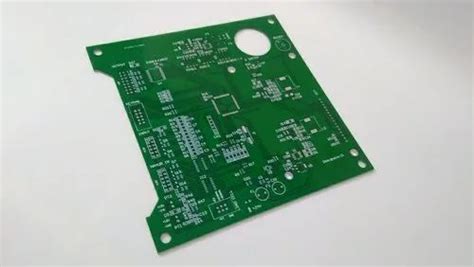 Read more: CAD2CAM4PCB seminar well appreciated
Read more: CAD2CAM4PCB seminar well appreciatedCAD2CAM4PCB: Bridging the Gap Between Design and Manufacturing One of the key topics discussed at the seminar was how CAD2CAM4PCB solutions are bridging the gap between PCB design and manufacturing. Traditionally, there has been a disconnect between the CAD design phase and the CAM manufacturing phase, leading to inefficiencies and […]
